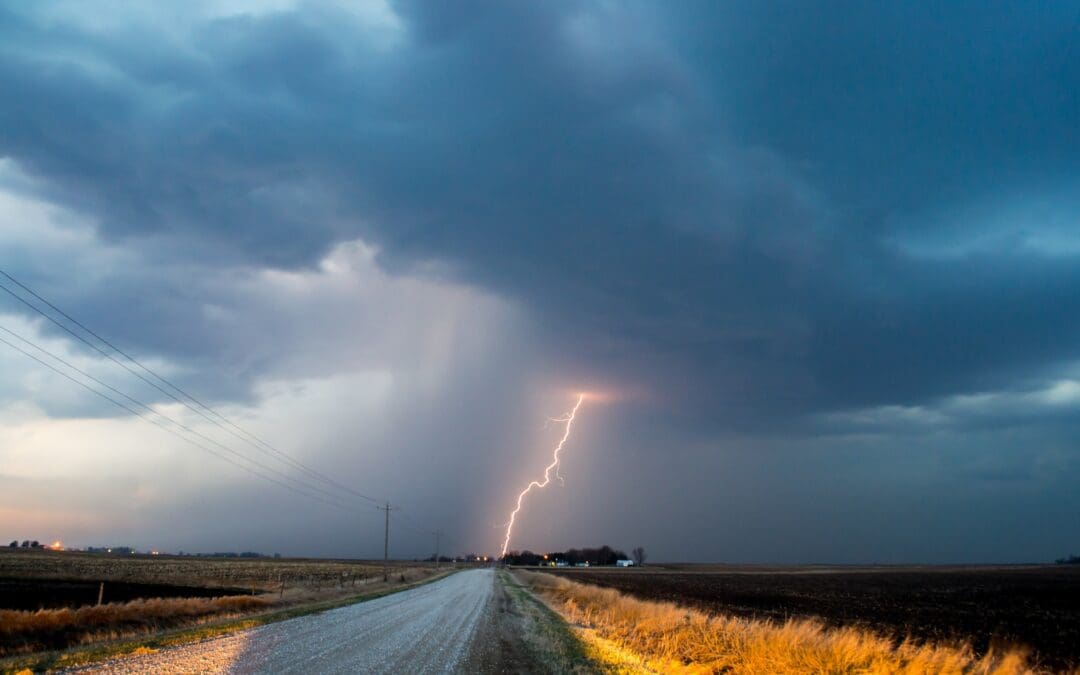Extreme weather can wreak havoc on supply chains and, based on the lates IPCC report, is likely to become more common. Companies can take several steps to prepare their supply chain for extreme weather, which can help minimize disruption and ensure continuity of operations. Here are a few suggestions:
- Develop a Risk Management Plan: Companies should create a risk management plan that outlines potential weather-related risks, such as floods, wildfires, and droughts. The plan should identify critical supply chain functions and assets that are most vulnerable to extreme weather and prioritize actions to mitigate the risks.
- Build Resilient Infrastructure: Companies should invest in infrastructure that is designed to withstand extreme weather conditions. For example, buildings should be constructed with reinforced walls, roofs, and foundations, and warehouses should be equipped with emergency power generators and flood barriers.
- Supply Chain Diversification: Companies should diversify their supply chain by sourcing materials and products from multiple suppliers and geographic locations. This can help reduce the risk of disruptions due to extreme weather events in any one location.
- Improve Communication and Collaboration: Companies should improve communication and collaboration with suppliers, logistics providers, and other stakeholders to ensure timely and accurate information sharing in the event of extreme weather. This can help companies to quickly identify potential disruptions and take proactive measures to minimize their impact.
- Monitor Weather Forecasts: Companies should closely monitor weather forecasts and warnings issued by the National Weather Service and other relevant agencies. This can help companies to anticipate potential disruptions and take proactive measures to protect their supply chain.
At New Dominion Consulting, we help clients build resilient supply chains that can adapt to extreme weather events and other crises with minimum disruption. Contact us today to learn how your organization can start building a more resilient supply chain.

